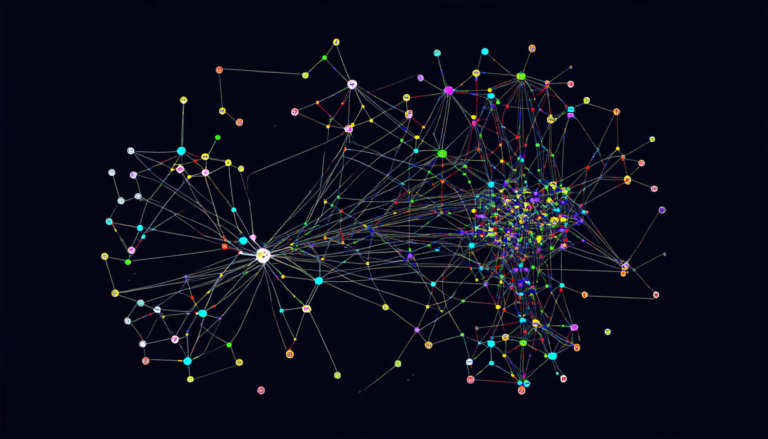Wednesday 24 September 2025
A team of researchers has developed a new algorithm that makes it possible to select only the most important columns from a large matrix, while still maintaining its underlying structure and properties. This breakthrough could have significant implications for various fields, including data analysis, scientific computing, and machine learning.
The problem of column subset selection arises when dealing with massive datasets, where extracting meaningful information requires identifying the most relevant features or variables. However, this process can be computationally expensive and often relies on approximate methods that may not accurately capture the underlying structure of the data.
The new algorithm, called SE-QRCS, combines two existing techniques: sparse subspace embeddings and QR factorization. The first step is to create a sketch of the matrix using a sparse embedding, which reduces its dimensionality while preserving important information. The second step involves applying a QR factorization to the sketched matrix, followed by column selection based on the resulting pivots.
One of the key advantages of SE-QRCS is its ability to reveal the rank of the original matrix, even when selecting only a subset of its columns. This property is crucial in many applications, such as linear regression and principal component analysis, where understanding the underlying structure of the data is essential for accurate modeling.
The algorithm has been tested on various datasets, including random matrices and special matrices with known properties. The results show that SE-QRCS outperforms existing methods in terms of accuracy and computational efficiency. For instance, it was able to accurately reveal the rank of a large matrix while selecting only a fraction of its columns, which would be impractical or even impossible using traditional methods.
The implications of this breakthrough are far-reaching. In data analysis, SE-QRCS could enable faster and more accurate identification of key features in large datasets. In scientific computing, it could facilitate the solution of linear systems with massive matrices, which is critical in fields such as climate modeling and genomics. In machine learning, the algorithm could be used to improve the efficiency and accuracy of algorithms that rely on matrix operations.
While SE-QRCS has significant potential, its development is still an ongoing process. The researchers are working to refine the algorithm and explore new applications in various fields. As they continue to push the boundaries of what is possible with matrix algebra, it will be exciting to see how this technology evolves and shapes the future of scientific computing and data analysis.
Cite this article: “Selecting Essential Columns from Large Matrices with SE-QRCS”, The Science Archive, 2025.
Matrix Algebra, Data Analysis, Scientific Computing, Machine Learning, Column Subset Selection, Sparse Subspace Embeddings, Qr Factorization, Rank Revealing, Linear Regression, Principal Component Analysis







